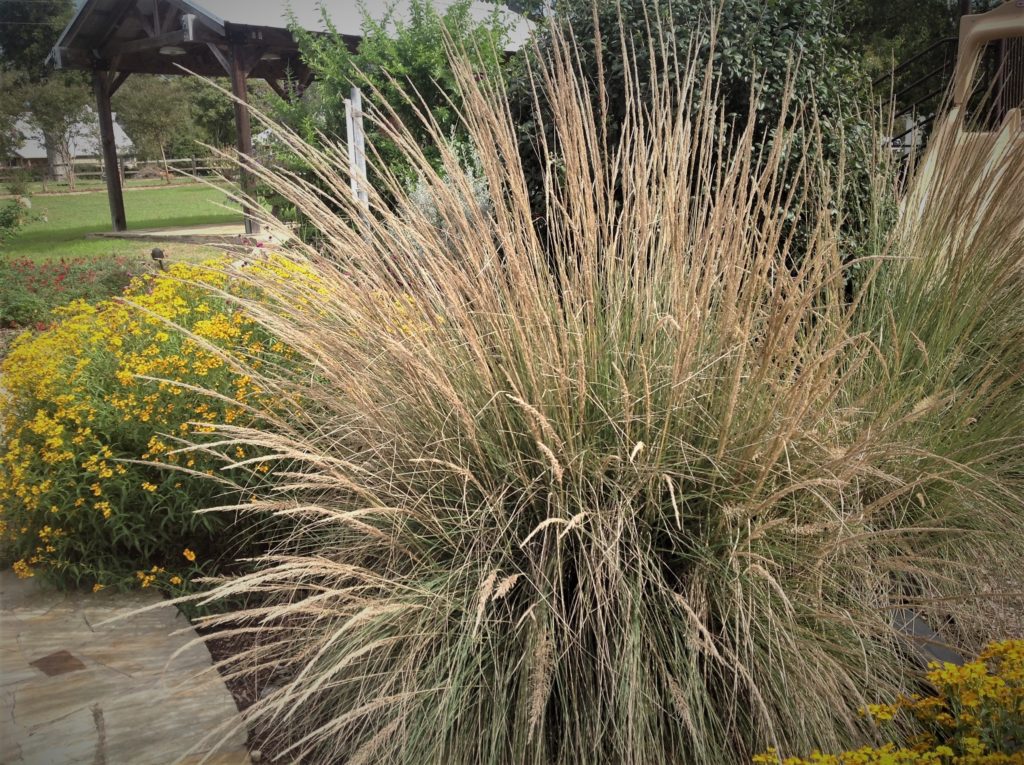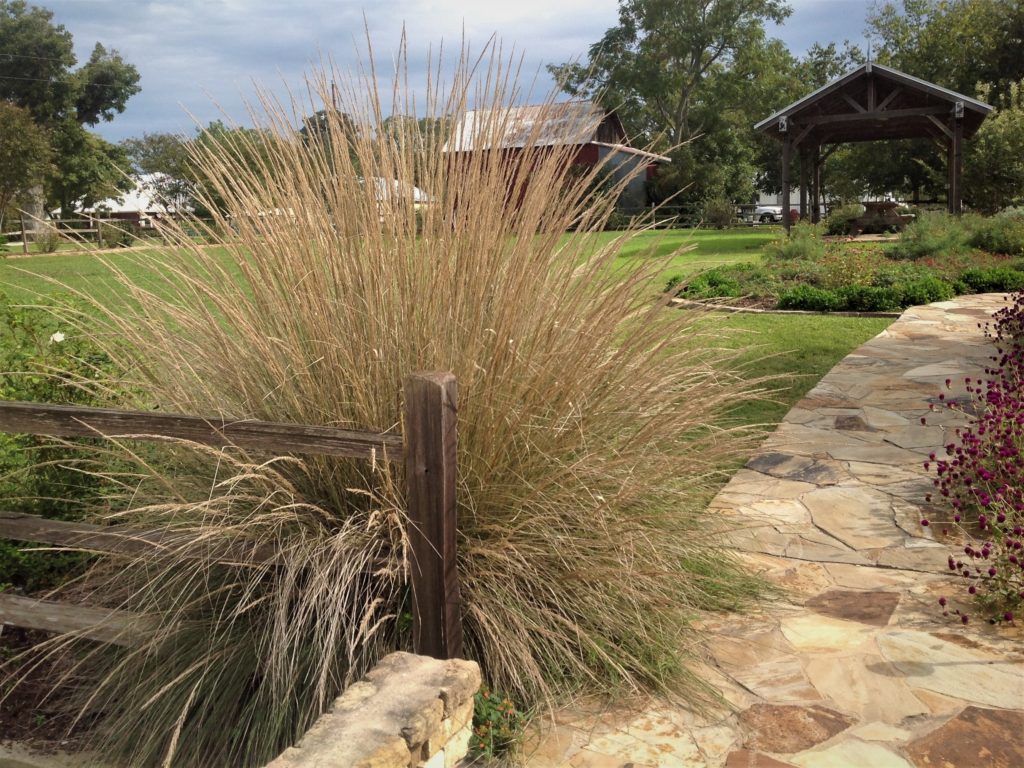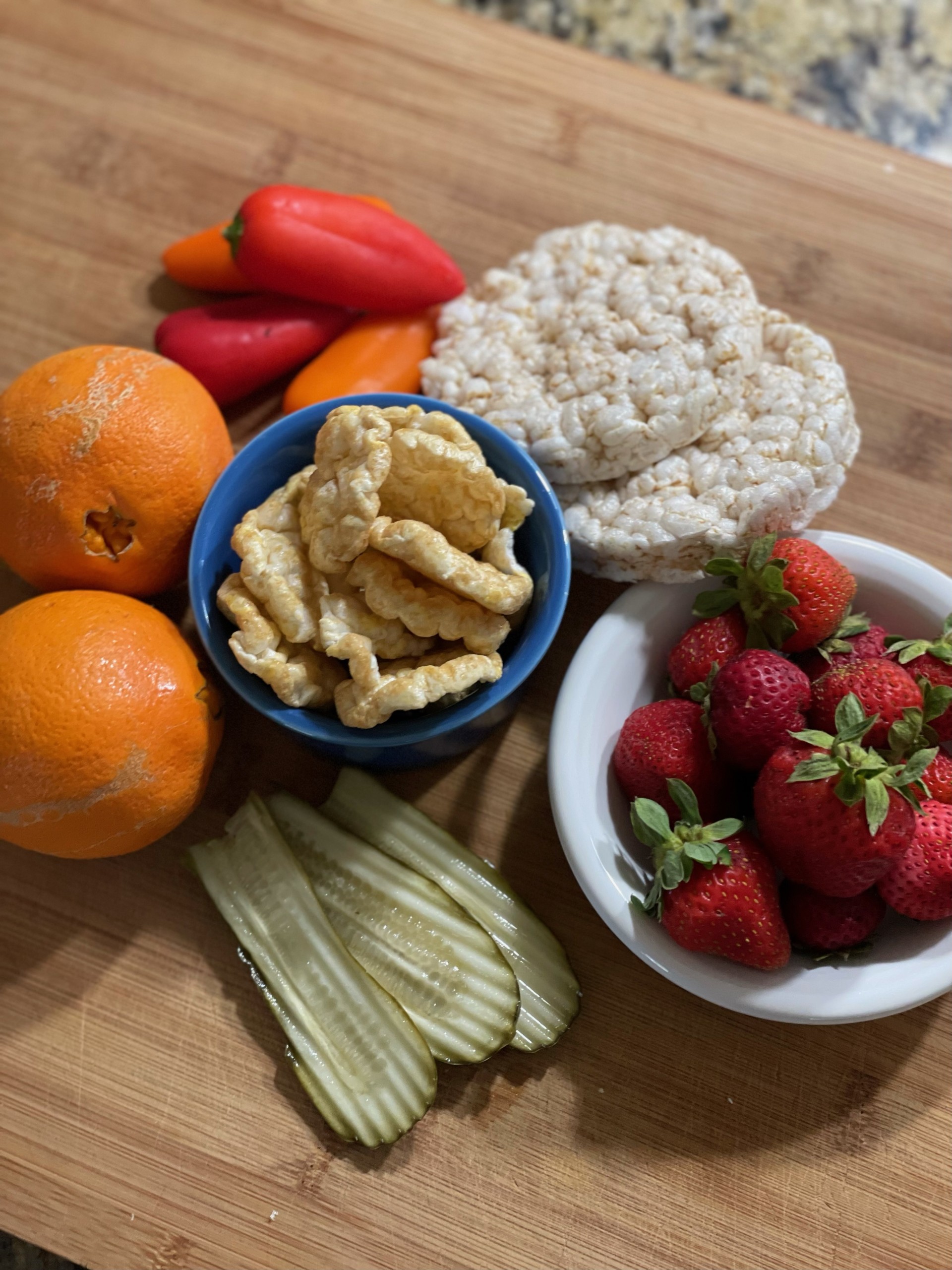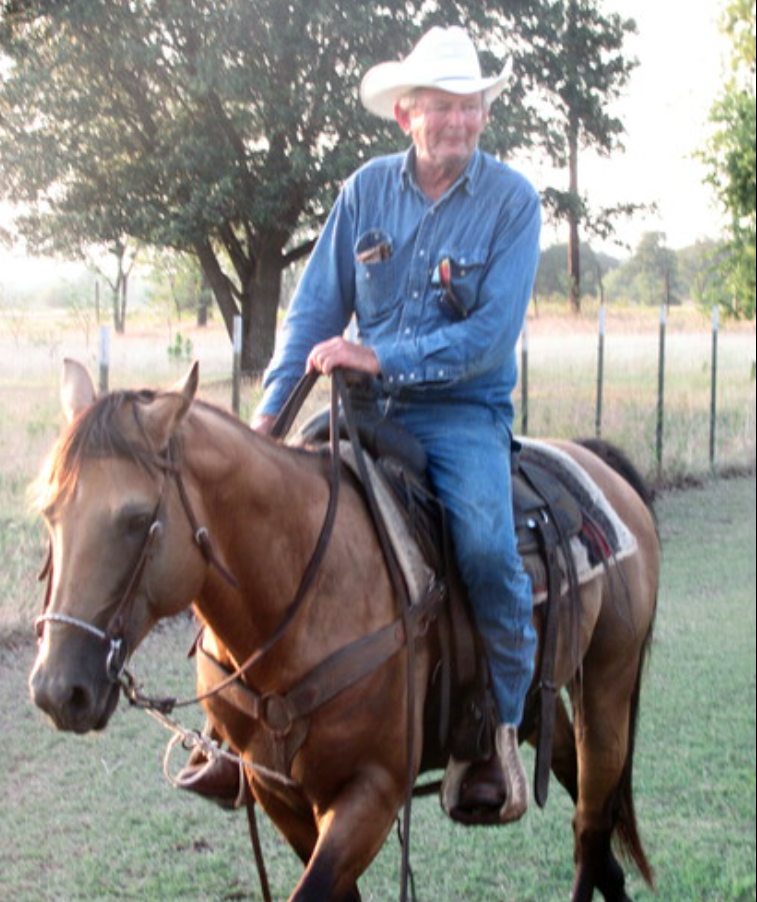Proven Texas-Tough, Lindheimer Muhly Grass Great for Texas Landscapes. Lindheimer Muhly Named Latest ‘Texas Superstar’.

[adning id=”33097″]

Lindheimer muhly, a versatile perennial clump grass, is now listed among Texas’ top performing plants. Texas A&M AgriLife created the Texas Superstar plants list to help Texans select the best plants for quality and reliability.
Brent Pemberton, Ph.D., Texas A&M AgriLife Research ornamental horticulturist, Overton, said the plant is well suited for the entire state, and its versatility makes it a great choice for landscapes.
Meet the Texas Superstar
Lindheimer muhly is a clump-forming, tough, warm-season perennial grass native to Texas.
The plant’s rounded to fountain-shaped canopy is composed of long-arching aqua to blue-green, strap-like, keeled leaves. The canopy is topped by 8- to 18-inch long narrow flower panicles that open with a hint of purple/red, turning silver/white to gray/white as they mature, and eventually light brown or gray/brown as seeds ripen from summer to fall.
Pemberton said their neutral tones work well as a background to colorful flowers or as landscape specimens surrounded by colorful plants.
“They’re really good as a landscape background or centerpiece,” Pemberton said. “Their form is striking, and they are good for a variety of landscape design uses.”
Plants are semi-evergreen in warmer parts of the state, whereas in colder areas the foliage dies back to near-ground level each winter, he said.
Foliage is typically 3- to 4-feet tall with flower stalks extending an additional foot above the foliage. Plants typically spread around 18 inches and are not aggressive growers like pampas grass.
“Flowers bloom over a long period and change colors through fall,” Pemberton said. “Flowers also add winter interest and retain color, especially in mild winters, but it does help freshen them up by cutting them back in late winter before they start growing again.”
Plants can be pruned back to within a few inches of the soil.

Lindheimer muhly provides a great softening element for harsh landscape structures, Pemberton said. They can also be utilized as seasonal screens or erosion control when planted in groups. The plumes of flowers are also effective in fresh or dried-cut flower arrangements.
They are native to live oak savannas and limestone outcrops and offer an urban-tolerant native substitute for the exotic dwarf pampas grass or Chinese silver grass, Pemberton said. They perform best in full sun, but plants will tolerate light shade.
Lineheimer muhly adapts to soils with a wide range of pH and textures but needs reasonable drainage.
“You can fertilize like any other perennial, in the spring and maybe summer, then let them go dormant in the fall,” he said. “They’re drought tolerant and tolerant of low-nutrient conditions because they are a native plant. Less water and less fertilizer just means they won’t grow as big, but they will still perform well.”
About Texas Superstars
Texas Superstar is a registered trademark of AgriLife Research, a state agency that is part of the Texas A&M University System. Plants are designated Texas Superstars by the Texas Superstar executive board, which is made up of nine AgriLife Research, Texas A&M AgriLife Extension Service and Texas Tech University horticulturalists.
To be designated a Texas Superstar, a plant must not only be beautiful but perform well for consumers and growers throughout the state. Texas Superstars must be easy to propagate, which should ensure the plants are not only widely available but also reasonably priced.
Article by Adam Russell of Texas A&M-Agrilife
[adning id=”33207″]
[adning id=”33207″]
[adning id=”33207″]














